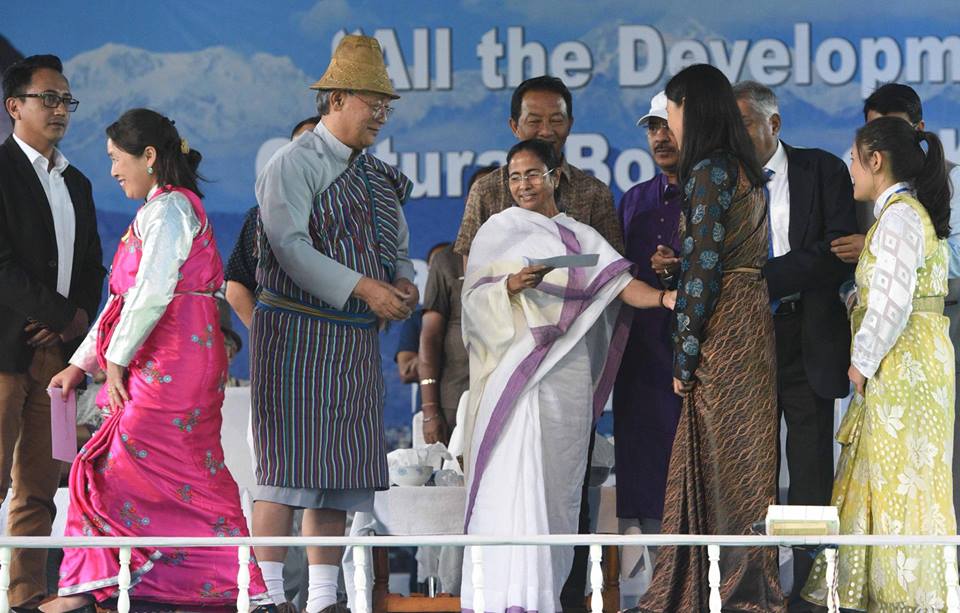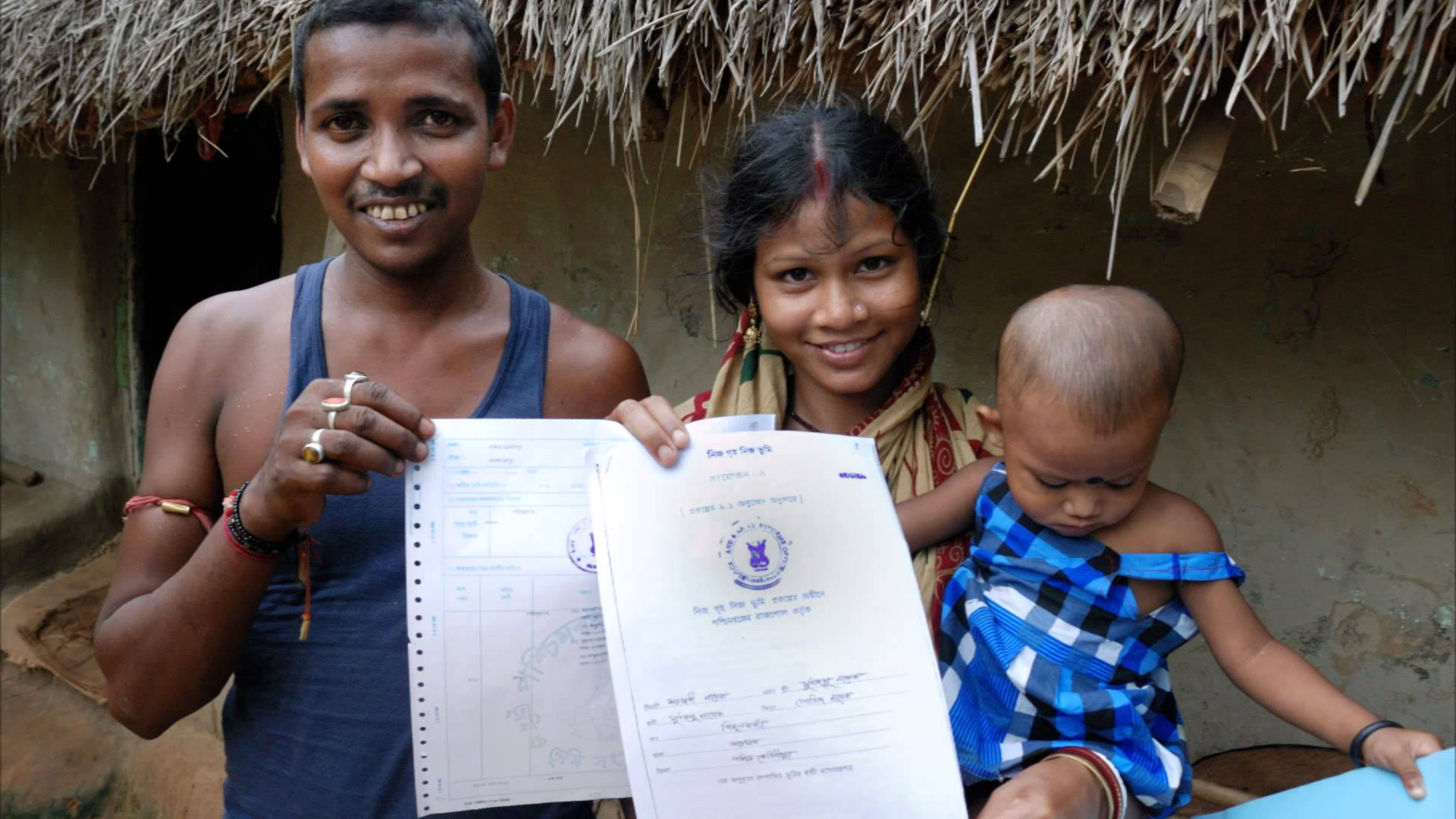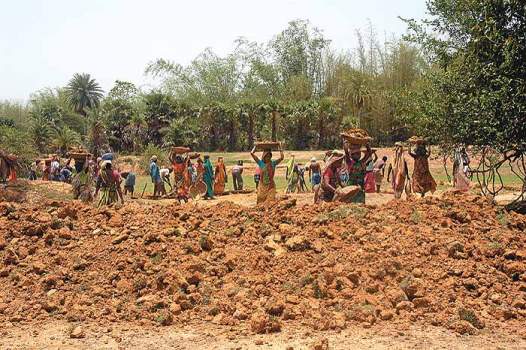Mamata Banerjee’s emphasis on grassroots upliftment has been critical to the flourishing Bengal model of development.
Economic development has different connotations for different classes of people. For the poor and the underprivileged, it means good roads and painless travel to the remote village where he lives, free education in his vicinity, easily accessible low-cost health services in his neighbourhood and, of course, two square meals a day. If these are provided, most among them will agree that the incumbent Government is serious about development. Indeed, the poor are easy to gratify.
The more privileged have different aspirations and so are their standards of judging good development. To climb up the ladder of success, they need the latest conveniences and opportunities around them – giant corporate houses, premier educational institutions, five-star hospitals, busy airports, jazzy shopping malls, clubs, golf courses – in short, a life commensurate with modern living and comforts, a life as lived in the richer parts of our planet. With the world getting increasingly globalised, blown-up lifestyles from distant lands are being forced on the privileged Indian, alienating him from the vast underprivileged majority. A dichotomous shining India is created by the side of the less radiant traditional Bharat. Over the years, as social and economic inequalities have increased, the dichotomy has become stronger. As a result, the divergence between the notions of development as envisaged by the rich and the poor is also getting enlarged.
The government in power, therefore, has a choice problem – it has to decide how much attention is to be given to each notion of development. For Mamata Banerjee, however, the choice was obvious. Ever since she assumed power, her government has devoted its primary attention to the idea of development as perceived by the underprivileged. As a consequence, the poor are unanimous in their opinion that the Government cares about them. It is not merely a question of distributing benefits. It is a process of giving the poor a kind of respect and dignity which was not there before.
Here are some examples. In the present regime, a kid from a poor household going to a government-aided school receives a package of goodies from the authorities which increases his incentive to attend school. The package includes a new bicycle to ride to school, a pair of shoes to protect the feet from mud and dust, an umbrella to protect the head from the scorching sun and a raincoat to protect the body from getting soaked during a soggy monsoon. What is more, the school building now looks more like a school rather than a god-forsaken warehouse. In a similar vein, a poor pregnant mother gets five thousand rupees from the Government for her first delivery in addition to a travelling allowance which depends on the distance between her residence and the nearest health centre.
There is hardly any mud house in the village. A poor household gets money from the government to build a pucca house and a toilet. Farmers get subsidised seeds, planters get money to grow bananas and other fruits. During a natural calamity, those affected get tarpaulin, food and a temporary shelter. Clean drinking water is provided by newly built tube-wells, one for every five families. And, of course, there are the much talked about achievements of Kanyashree and MGNREGA, which have earned international and national kudos. What is most important is that all these benefits to the poor are distributed irrespective of which political party one supports or which caste or religion one belongs to. Just like the immensely improved roads in the countryside, welfare benefits are there for each eligible citizen to enjoy.
Indeed, development management in Bengal under Mamata Banerjee involved a deep-rooted administrative reform. After Trinamool came to power, governance at the grassroots level was taken away from political entities and handed over to officials like BDOs, SDOs and DMs, who could be directly controlled and made answerable by the top administration. Compared to the earlier system practised by the CPI(M), where the party boss at the local level had the ultimate say, and where the Government official had to wait for his nod before making the slightest move, the new system entailed a fundamental change. In the new system, the bureaucrat has more power and responsibilities but, at the same time, he is always under the scanner of the Chief Minister who, with an inexorable energy, travels from district to district to assess the ground reality with her own eyes.
No other Chief Minister of West Bengal had taken so much pain and workload. As we have already seen, her hard work has paid off in a number of ways. Already, Bengal has been named number one in the country in terms of the ease of doing business.
(Professor Abhirup Sarkar is Professor of Economics, Indian Statistical Institute, Kolkata)
Source: Millennium Post










